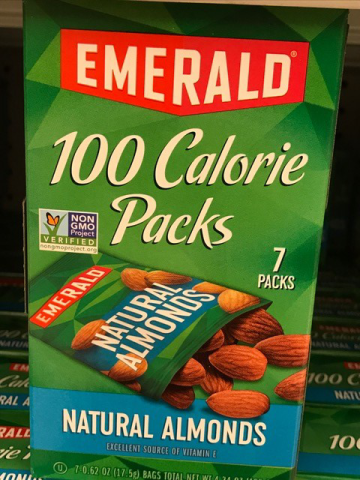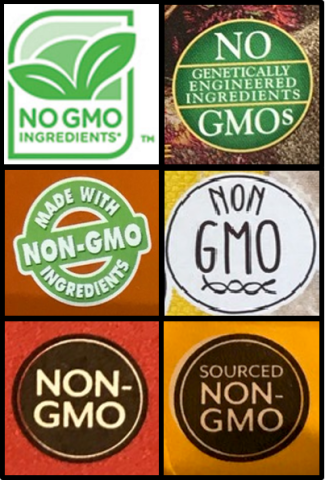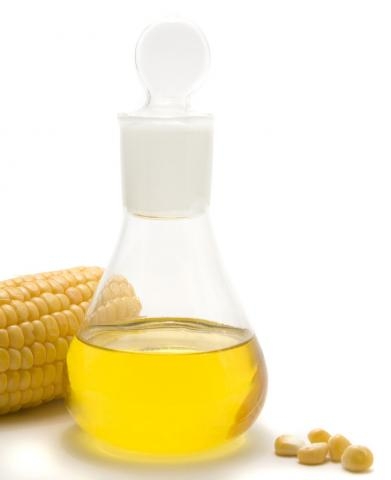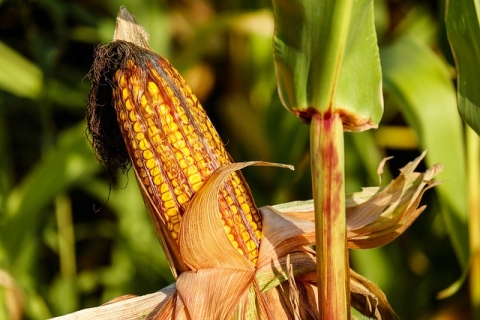Jayson Lusk--prolific writer, influential speaker, and dedicated proponent of agricultural science
CAST announced that the 2017
Borlaug CAST Communication Award goes to Jayson Lusk, a consummate communicator
who promotes agricultural science and technology in the public arena. Lusk uses multiple forms of media to advocate for science,
as he explains how innovation and growth in agriculture are critical for food
security and global progress.
media to advocate for science,
as he explains how innovation and growth in agriculture are critical for food
security and global progress.
 media to advocate for science,
as he explains how innovation and growth in agriculture are critical for food
security and global progress.
media to advocate for science,
as he explains how innovation and growth in agriculture are critical for food
security and global progress.Currently a Regents Professor and Willard Sparks Endowed Chair with the Department of Agricultural Economics at Oklahoma State University, in July he will become the head of the Department of Agricultural Economics at Purdue University.
Lusk calls himself a “food and agricultural economist who studies
what we eat and why we eat it.” But as one colleague stated, “He’s more than a
scholar; he’s an unparalleled communicator.” Lusk uses articles, editorials,
and a popular blog to take complicated issues and make them accessible to all.
He has published influential books and more than 190 articles in peer-reviewed
scientific journals on topics ranging from animal welfare to consumer
interests. He also communicates through frequent television appearances,
numerous radio and podcast interviews, and many well-received presentations.
Various media outlets name him as one of the most prolific and cited food and
agricultural economists of the past decade.
Lusk achieved a B.S. in food technology from Texas Tech University
and a Ph.D in agricultural economics from Kansas State University before diving
into academic work at Mississippi State and Purdue. A visiting research
position at the French National Institute for Agricultural Research gave him
and his family a chance to experience
Paris. On the way to his current position
at Oklahoma State, Lusk served on councils, chaired committees, wrote
extensively, and became a valued voice in the realm of agricultural science. In
2015, he was named a fellow of the Agricultural and Applied Economics
Association.
Colleagues praise Lusk for his abilities to reach audiences
outside the agricultural community and for his willingness to engage in
controversial food issues. As one nominator wrote, “He is an excellent
columnist and blogger. His perspective is surprising, and he engages the
reader.” Another pointed out that Lusk believes farmers, policymakers, and
consumers need credible information to make informed decisions--he specifically
wants an informed public to know more about important research by land-grant
university scientists.
Lusk’s most recent book, Unnaturally
Delicious: How Science and Technology Are Serving Up Super Foods to Save the
World, explains how science and innovation are linked with feeding the
growing global population. With his ability to understand food issues at all
levels and his skill at getting agricultural messages across to varied
audiences, Jayson Lusk is indeed a worthy recipient of the 2017 Borlaug CAST
Communication Award.
An
award presentation will occur at a breakfast side event cohosted by Syngenta
and CAST at the World Food Prize Symposium on October 18, 2017, in Des Moines,
Iowa. The Borlaug CAST Communication Award honors the legacies of Nobel Prize
winner Dr. Norman Borlaug and Dr. Charles A. Black, the first president of
CAST.










